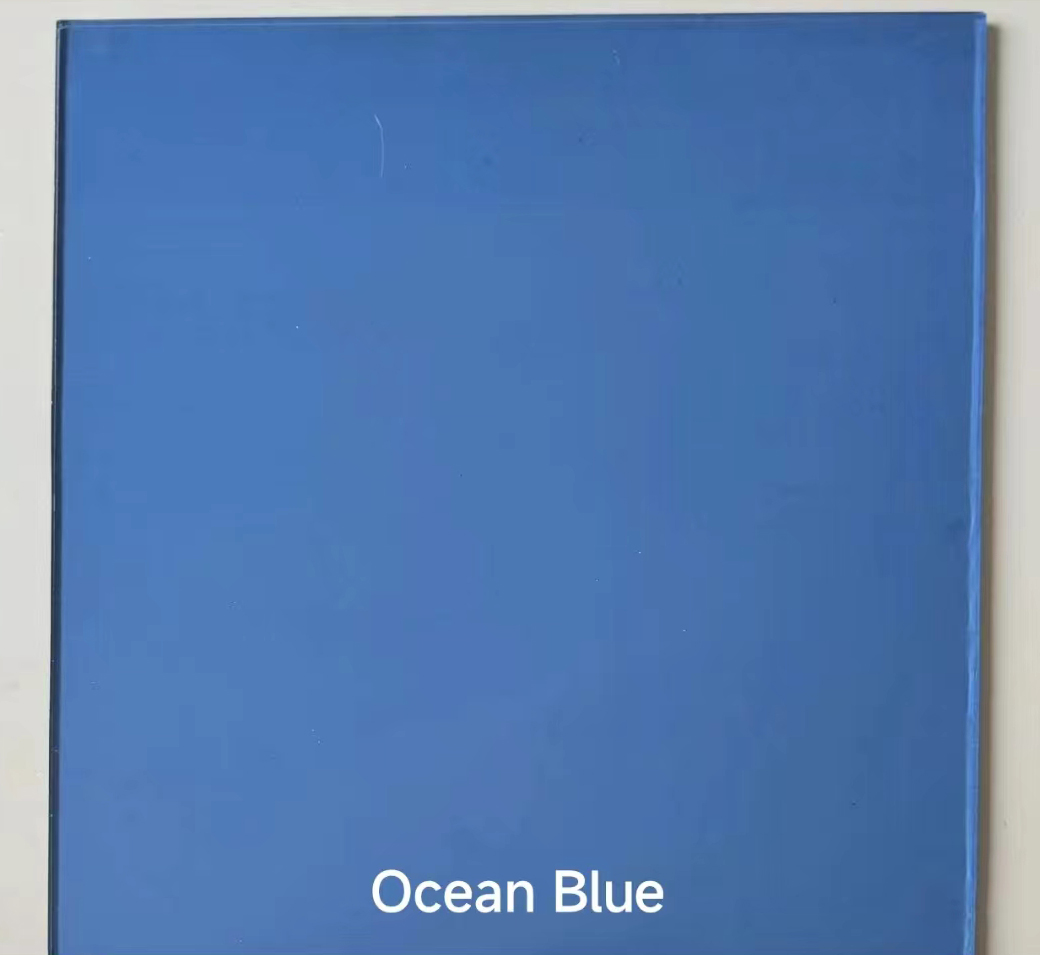

The Benefits and Applications of Tinted Laminated Glass
Tinted laminated glass is a remarkable innovation in the construction and design industry, gaining popularity for its aesthetic and functional attributes. This versatile type of glass combines the benefits of both tinted glass and laminated glass, providing enhanced performance in a myriad of applications.
At its core, tinted glass involves the application of color to the glass during manufacturing. This coloration not only adds a unique touch to the architectural design but also serves several practical purposes. Tinted glass effectively reduces glare from sunlight, making indoor environments more comfortable. Moreover, it can minimize the amount of solar heat that enters a building, contributing to energy efficiency and reducing reliance on air conditioning systems.
Laminated glass, on the other hand, is created by sandwiching a layer of plastic (usually polyvinyl butyral, or PVB) between two or more layers of glass. This construction allows the glass to hold together even when shattered, offering enhanced safety and security. In the event of an impact, the PVB layer prevents shards of glass from scattering, thus reducing the risk of injury. Consequently, laminated glass is widely used in applications where safety is paramount, such as in automobile windshields and skylights.
When these two technologies combine, the result is tinted laminated glass, which boasts a range of advantages that cater to both aesthetics and functionality. One of its primary benefits is its ability to reduce solar energy transmission significantly while maintaining safety standards. The tinted layer diminishes glare and reduces UV rays, which can be harmful to both human health and interior furnishings. This is particularly beneficial in regions with high sun exposure, where the risk of fading and damage to both furnishings and floors can be a significant concern.

The applications of tinted laminated glass are vast and varied. In commercial settings, it can be used in office buildings, shopping centers, and retail stores, improving the visual appeal while contributing to energy efficiency. For residential properties, tinted laminated glass can enhance privacy without compromising natural light. Homeowners often appreciate the reduction in direct sunlight, which can create a more comfortable living environment.
Architects and designers are increasingly turning to tinted laminated glass as part of their sustainable design strategies
. By integrating this glass into their projects, they can create structures that are not only visually stunning but also environmentally responsible. The reduction in energy consumption due to lower cooling costs can significantly decrease a building's carbon footprint.Moreover, tinted laminated glass offers opportunities for creative expression. Custom colors and designs can be incorporated, making it possible for architects to achieve unique looks tailored to specific aesthetic goals. The versatility of tinted laminated glass ensures that it can fit seamlessly into various architectural styles, from modern skyscrapers to traditional homes.
In addition to aesthetic and functional advantages, tinted laminated glass can also enhance acoustic performance. The laminated layer effectively reduces sound transmission, making it an excellent choice for buildings located in noisy environments, such as urban centers or near highways. This feature not only increases comfort but also promotes a better quality of life for occupants.
In conclusion, tinted laminated glass represents a significant advancement in glass technology, balancing aesthetics, safety, energy efficiency, and acoustic performance. Its growing popularity in various sectors underscores its versatility and utility. As architects, builders, and homeowners increasingly recognize its benefits, tinted laminated glass is set to become a staple in modern architectural design, contributing to both beautiful and sustainable living and working environments.